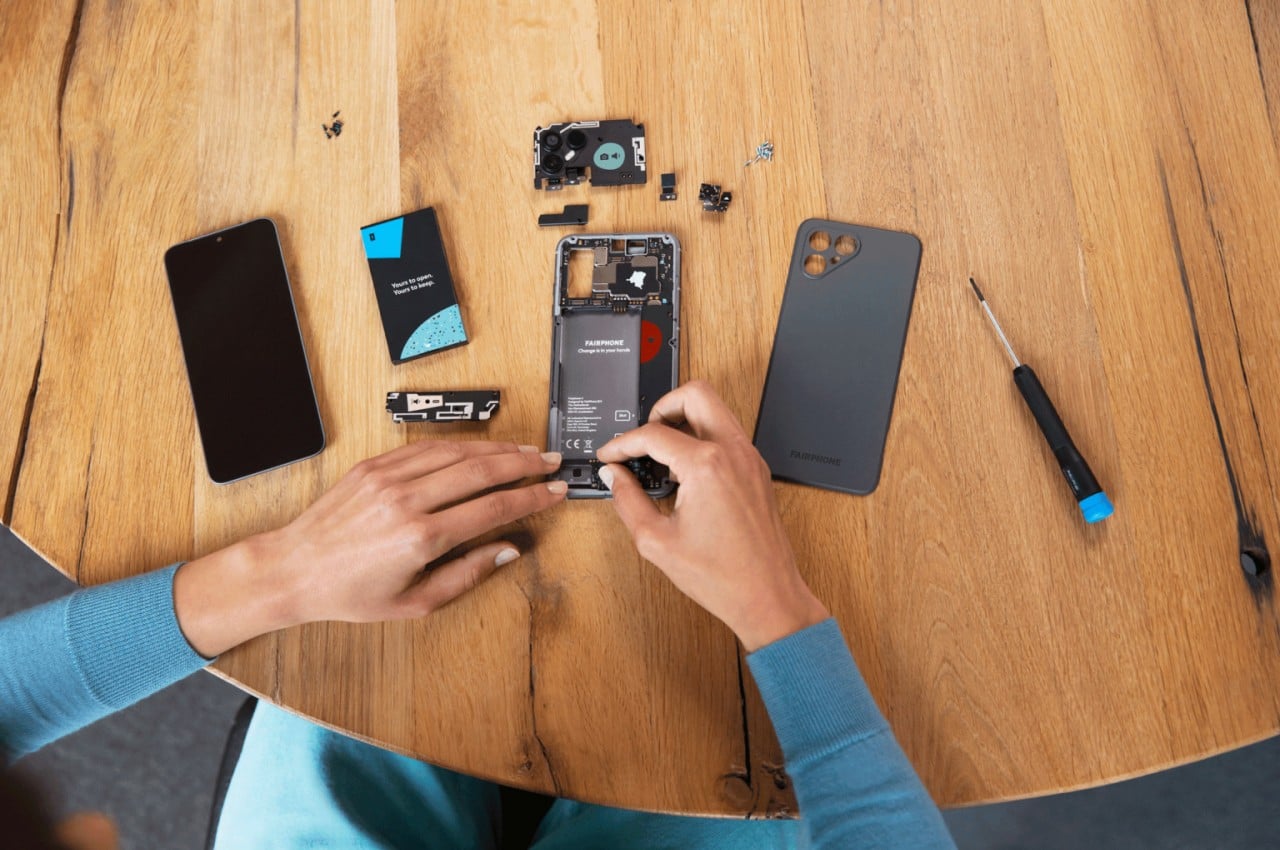
Smartphones are probably the most common and most widespread consumer electronics today. Almost everyone has one or at least a non-smart cellphone. Some people even have different devices for work and for personal life. And while it’s not uncommon to see people desperately holding on to their phones despite cracked screens, some people do switch models as often as they change wardrobes, trying to keep up with the latest trends and technologies. What all these mean is that, just as there are millions of smartphones out there, there are just as many discarded devices and parts that litter our planet. But the harm that these modern-day necessities does to our planet isn’t just limited to the end of their life. Right from their very birth, they already have adverse effects on the environment, even if not directly. As dire as all these might sound, there is finally light at the end of the tunnel as manufacturers finally taking notice and acting responsibly. The idea of an environment-friendly phone might have been alien a decade ago, but now we can even list the Top 10 smartphones that are making a positive impact on the planet.
Designer: Fairphone
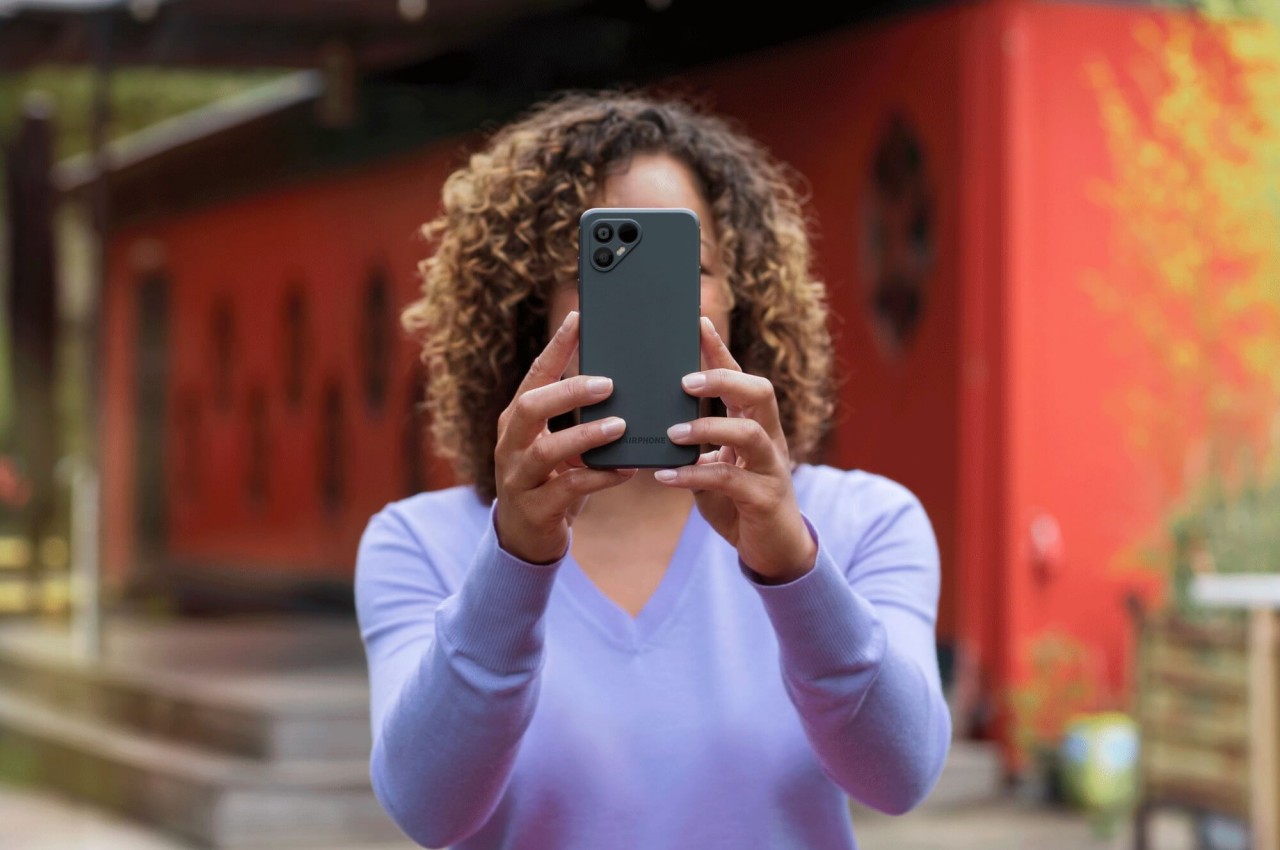
Fairphone 4
When it comes to sustainability, there’s no doubt that the Fairphone is king. It checks off all the right boxes, from choosing not only sustainable materials but also conflict-free sources. Even before the “Right to Repair” trend finally hit the larger brands, Fairphone was already providing the knowledge, tools, and parts that make repairing your own phone almost trivial. It might not be the fulfillment of the modular phone dream of Project Ara, but the Fairphone at least lives the implications of what a modular phone would mean in practice: the ability to easily swap out parts when you need to.
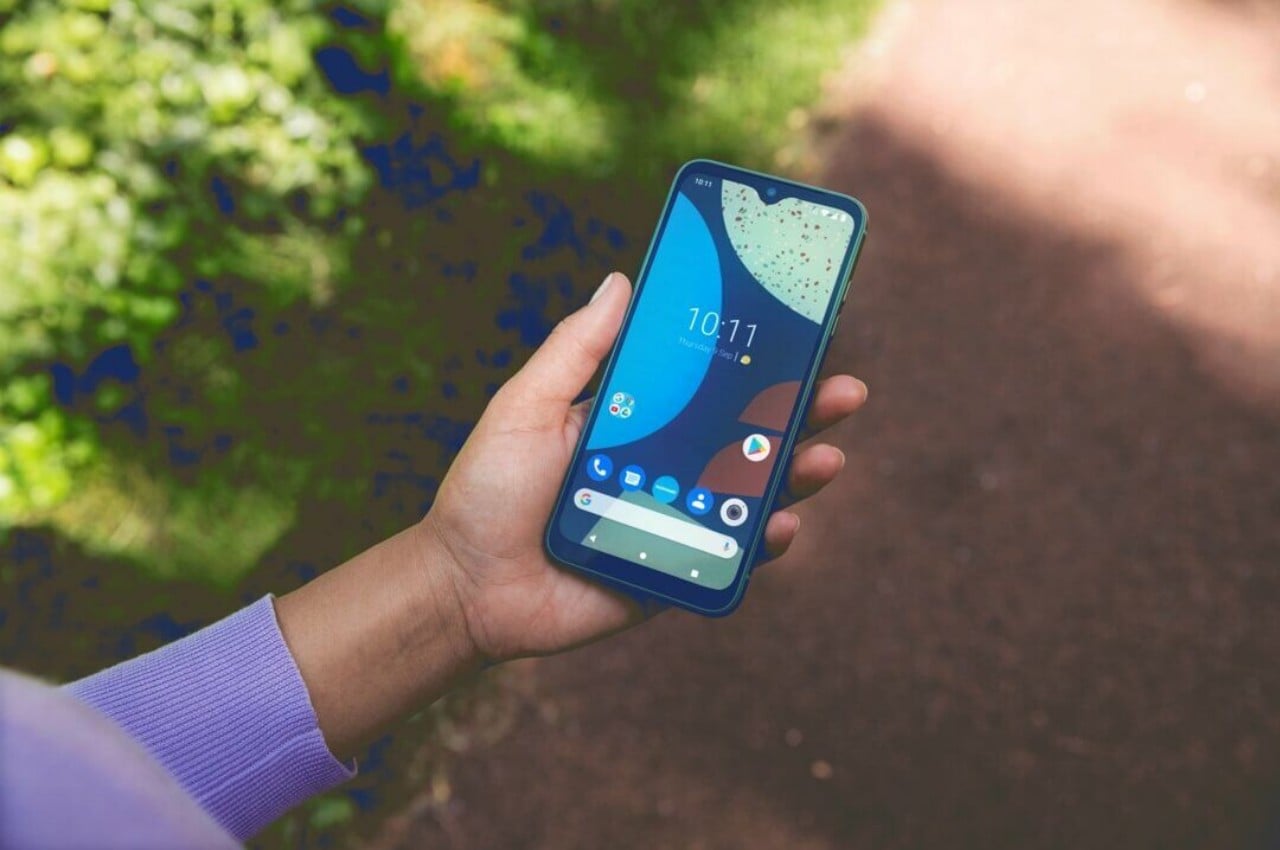
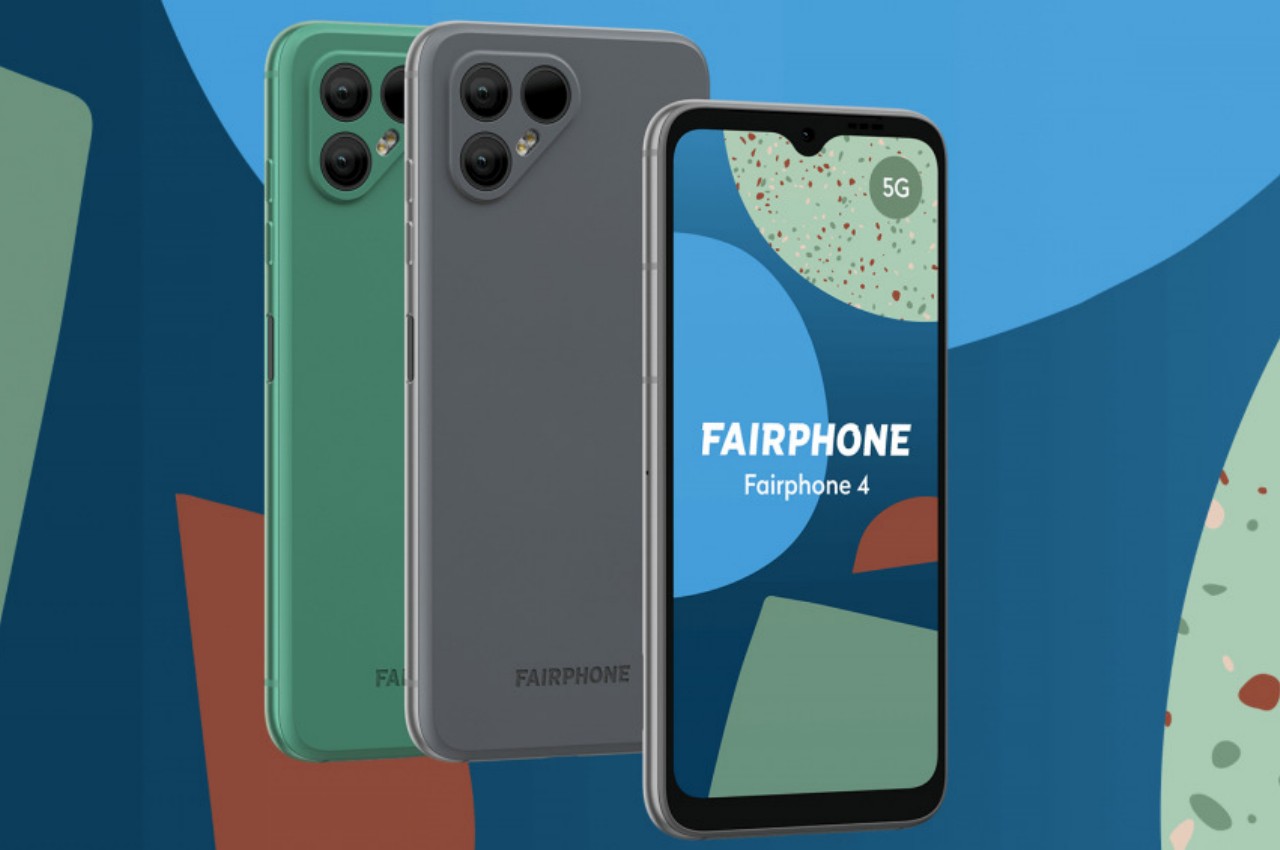
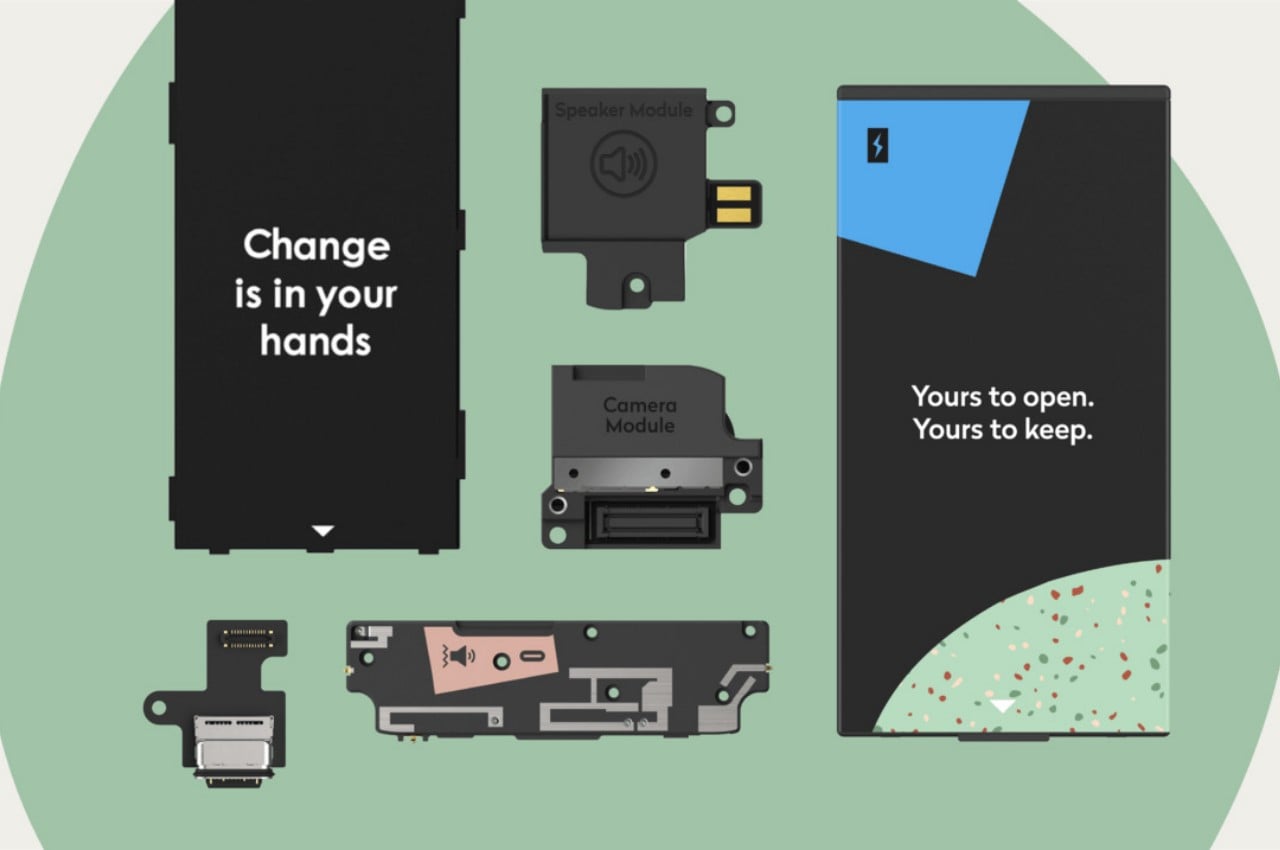
Where the Fairphone lags behind a bit is in offering the latest hardware features. The current Fairphone 4 flagship, for example, is an early 2021 mid-tier phone that offered pretty much only the basics. For people who do only need a reliable handset that will last them for more than just a few years, the Fairphone 4 definitely fits the bill. For others that might want a bit more, there are fortunately now more choices to consider.
Teracube 2e
Fairphone might have been the pioneer, but there are definitely others that took up the challenge to follow in its footsteps. One of those is the Teracube 2e, which found its success in crowdfunding. Fairphone, it is clearly not, but it does bring one of the most desired features that have long been lost in the age of modern smartphones: swappable batteries. Changing the battery is as simple as removing the biodegradable case and lifting the battery up, letting you quickly extend the life of your phone with a spare.
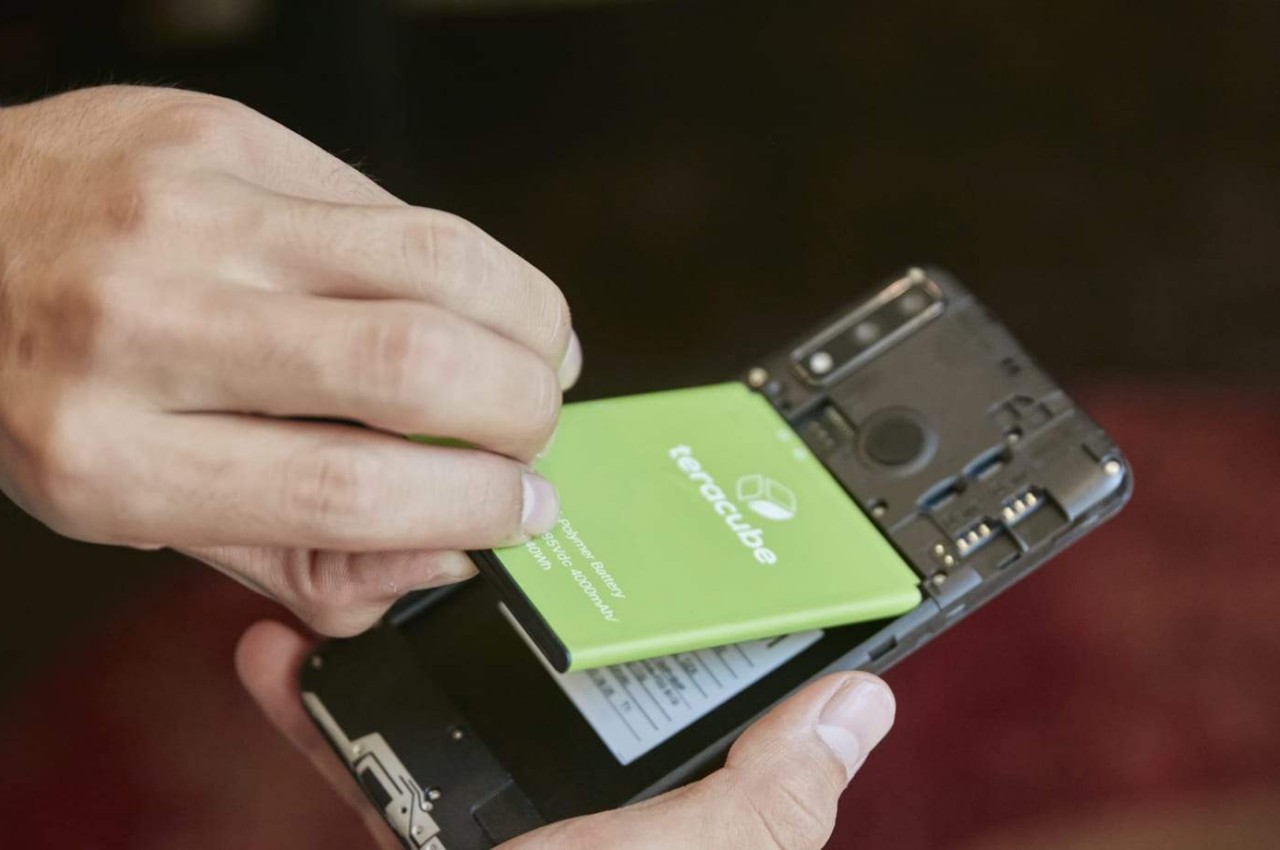
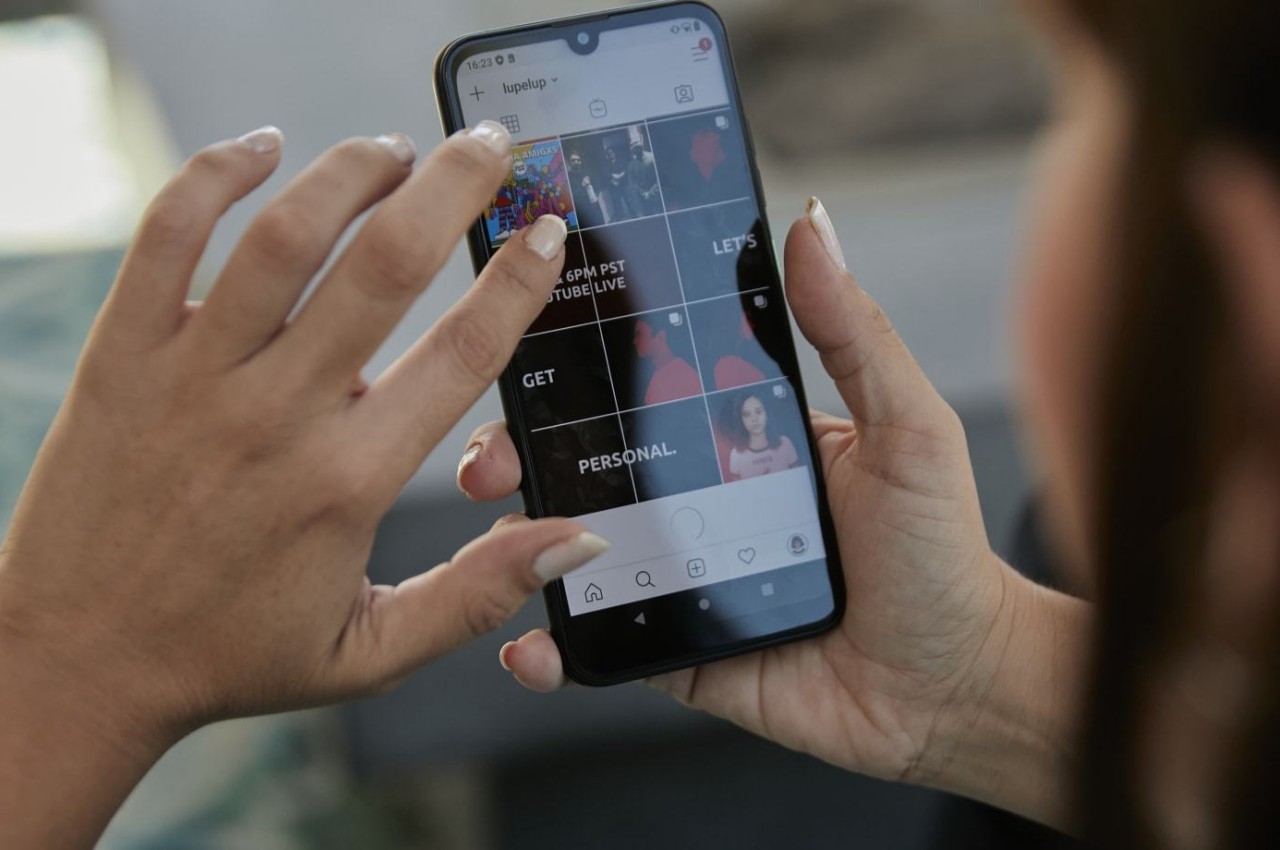
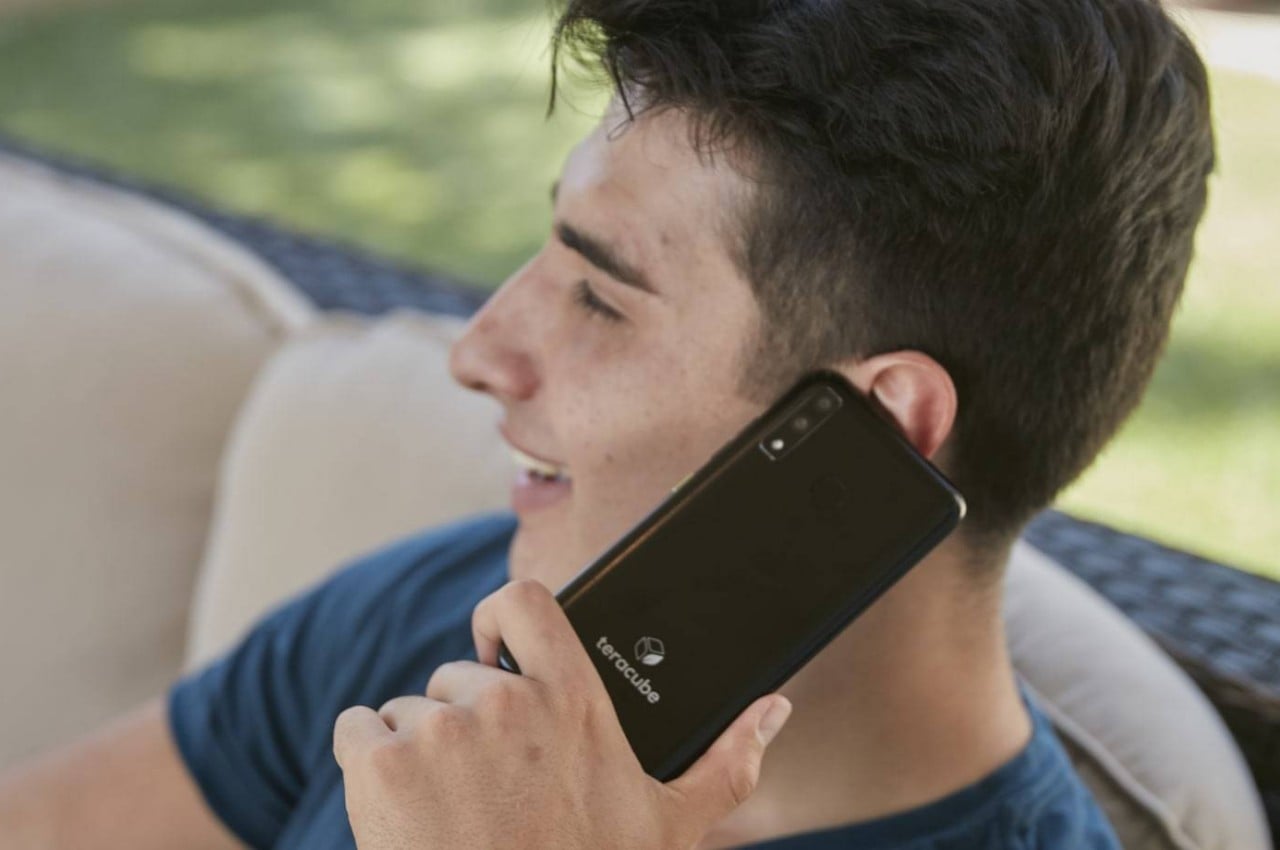
Designer: Teracube 2e
Packaging is also very minimal, throwing out the charger, and using soy ink and recycled paper for printed materials. The Teracube 2e does step a bit backward when it comes to the hardware specs, but it makes up for it with its killer price and four-year warranty. The latter is something that even bigger phone makers don’t dare offer, making this sustainable phone a true trailblazer in that regard.
Shift 6mq
There are plenty of aspects that make a phone sustainable, with repairability and the use of environment-friendly materials at the very top. There is, however, another angle often taken for granted: the sustainability of human resources. This means requiring safe working conditions, which includes the safe and responsible sourcing of fair and conflict-free materials. This is where German company Shift shines the brightest, focusing on making working conditions safer and more humane, and removing controversial materials that have resulted in poor working conditions, particularly in mining for minerals.
Designer: Shift
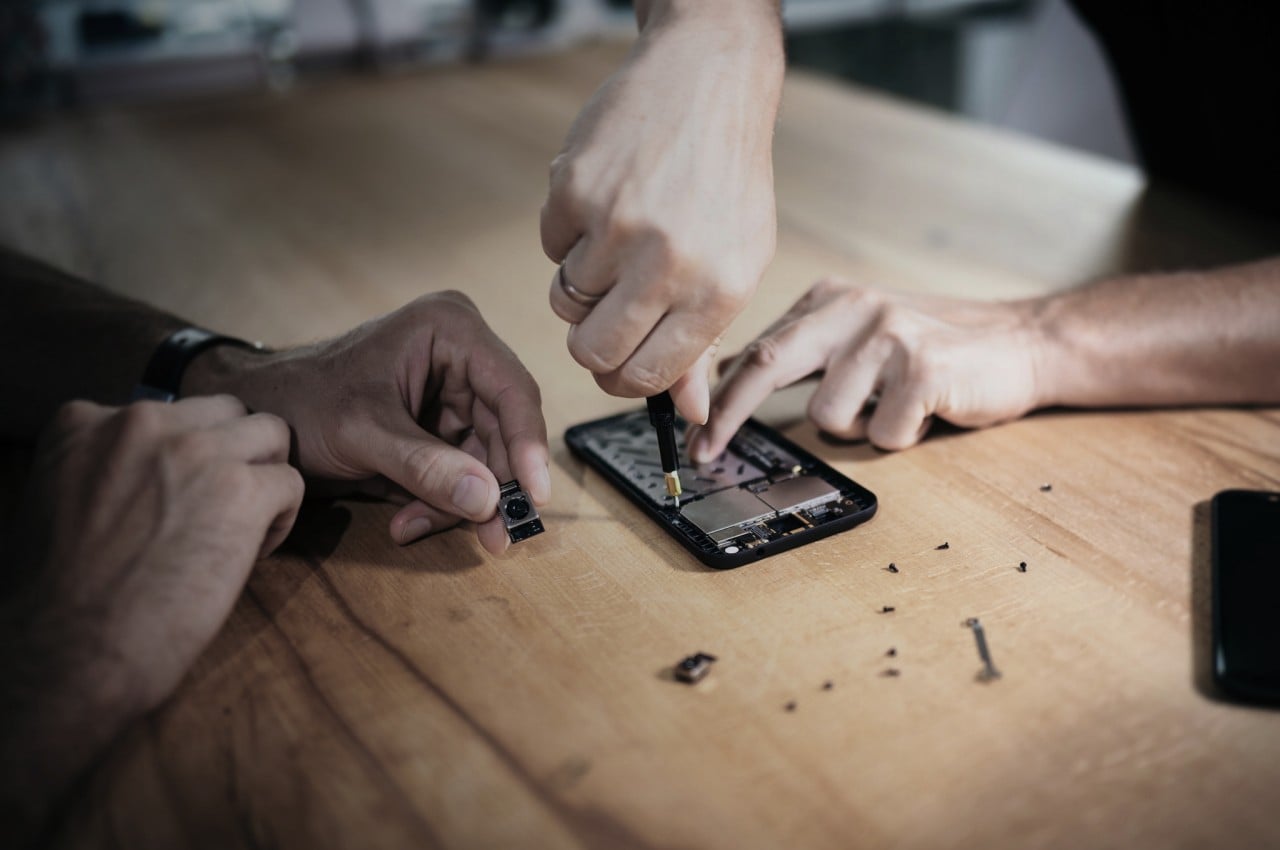

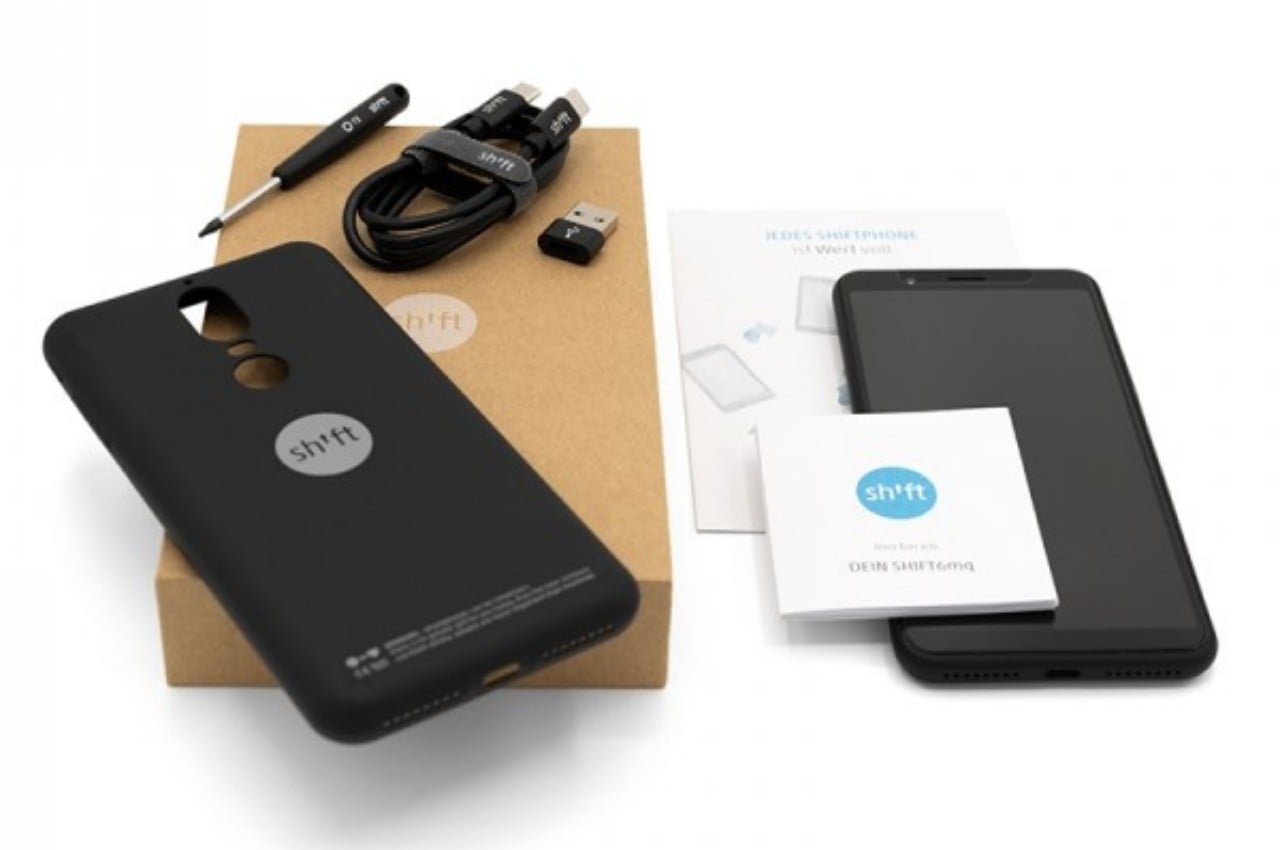

That said, the Shit 6mq, its current flagship phone, is no slouch in terms of repairability. In fact, Shift leads the pack when it comes to offering features that are close to today’s flagship standards. Unfortunately, the brand serves a very specific market only, limiting the reach of what could otherwise be the top sustainable phone today.
Nokia G42 5G
The old Nokia was notorious for its innumerable handsets but also popular for their durability and longevity. That’s a distinction that the modern caretakers of the Nokia brand seem to be keen on regaining as well. HMD Global just launched its second repairable phone, the Nokia G42 5G, proving that its commitment to sustainability wasn’t just a one-time fluke.
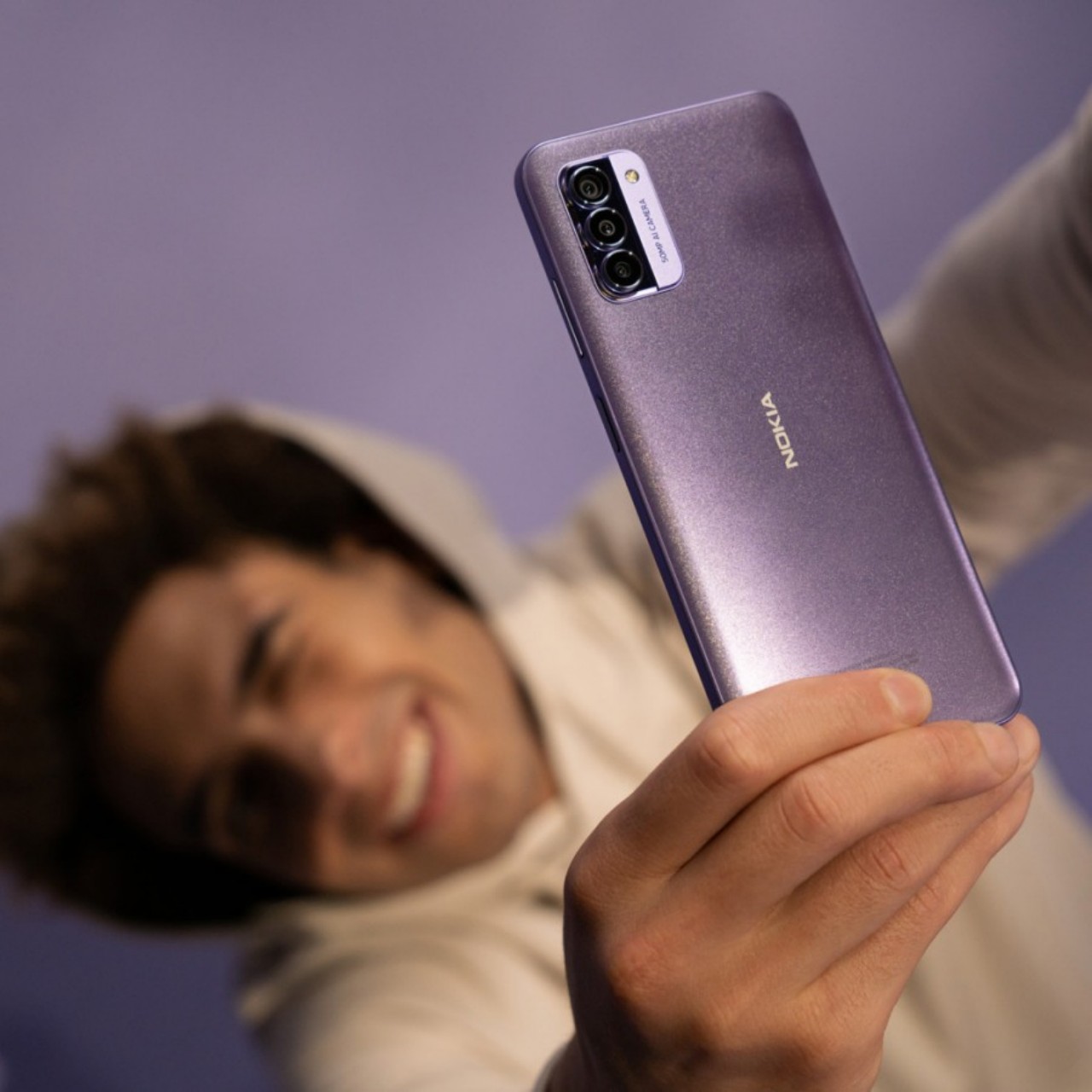
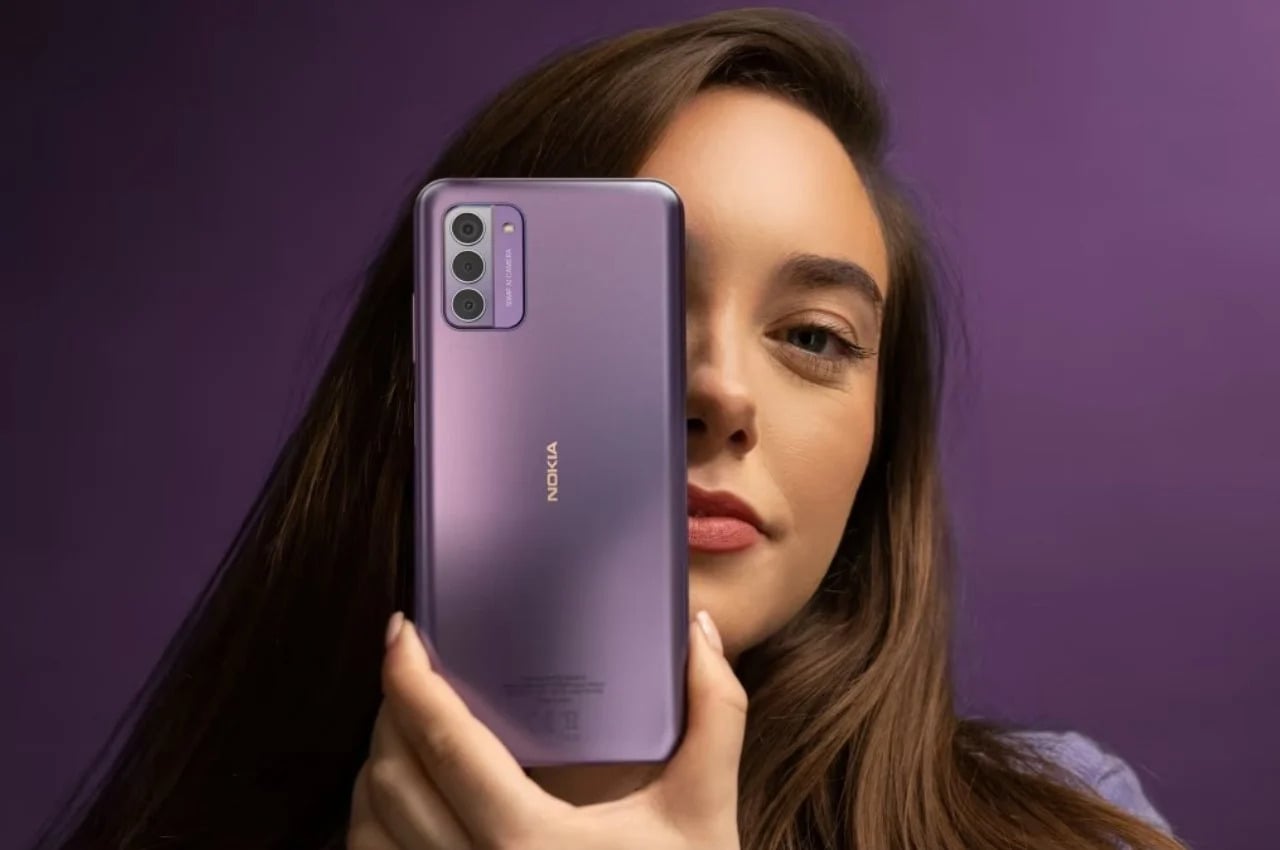
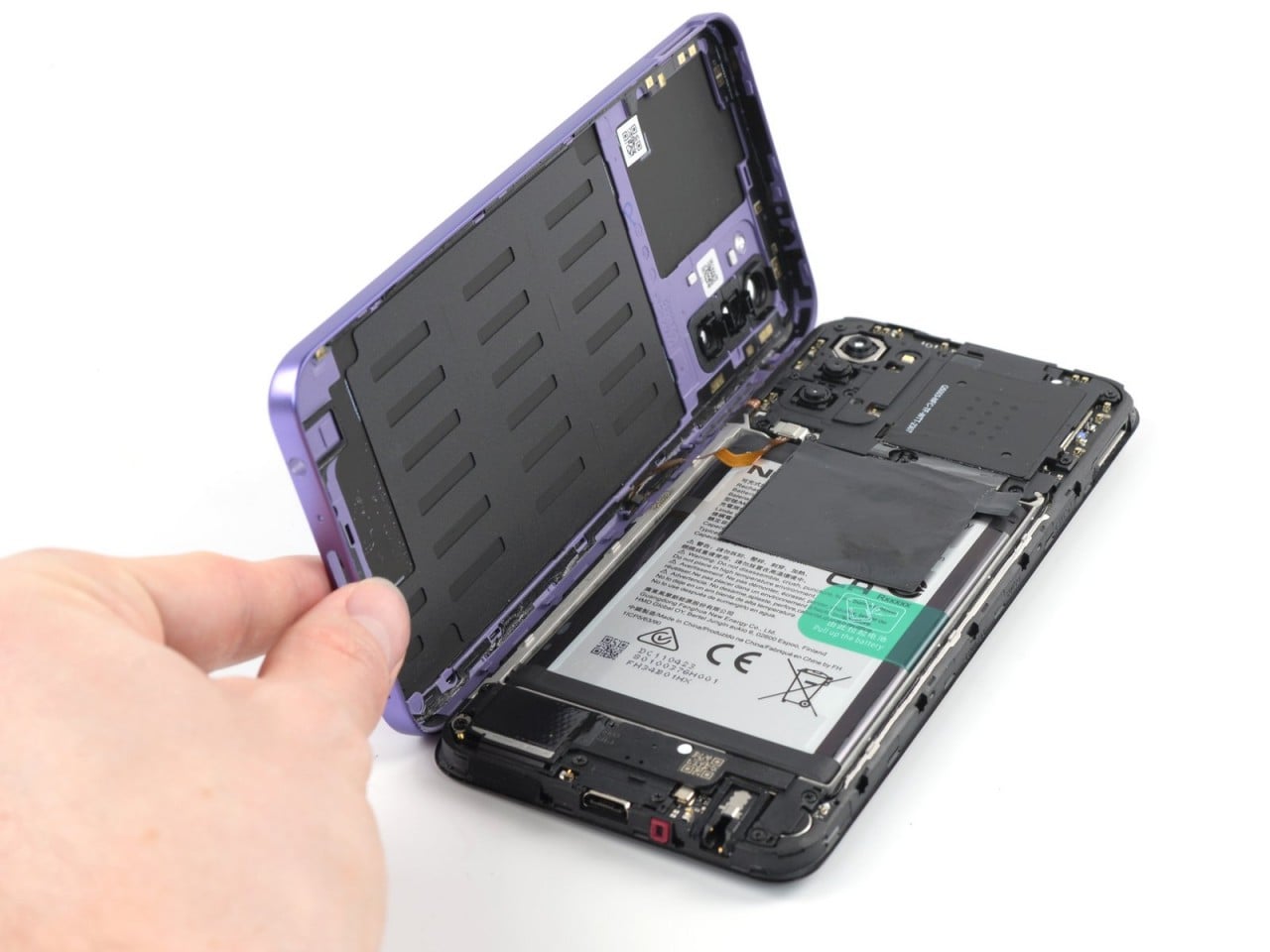
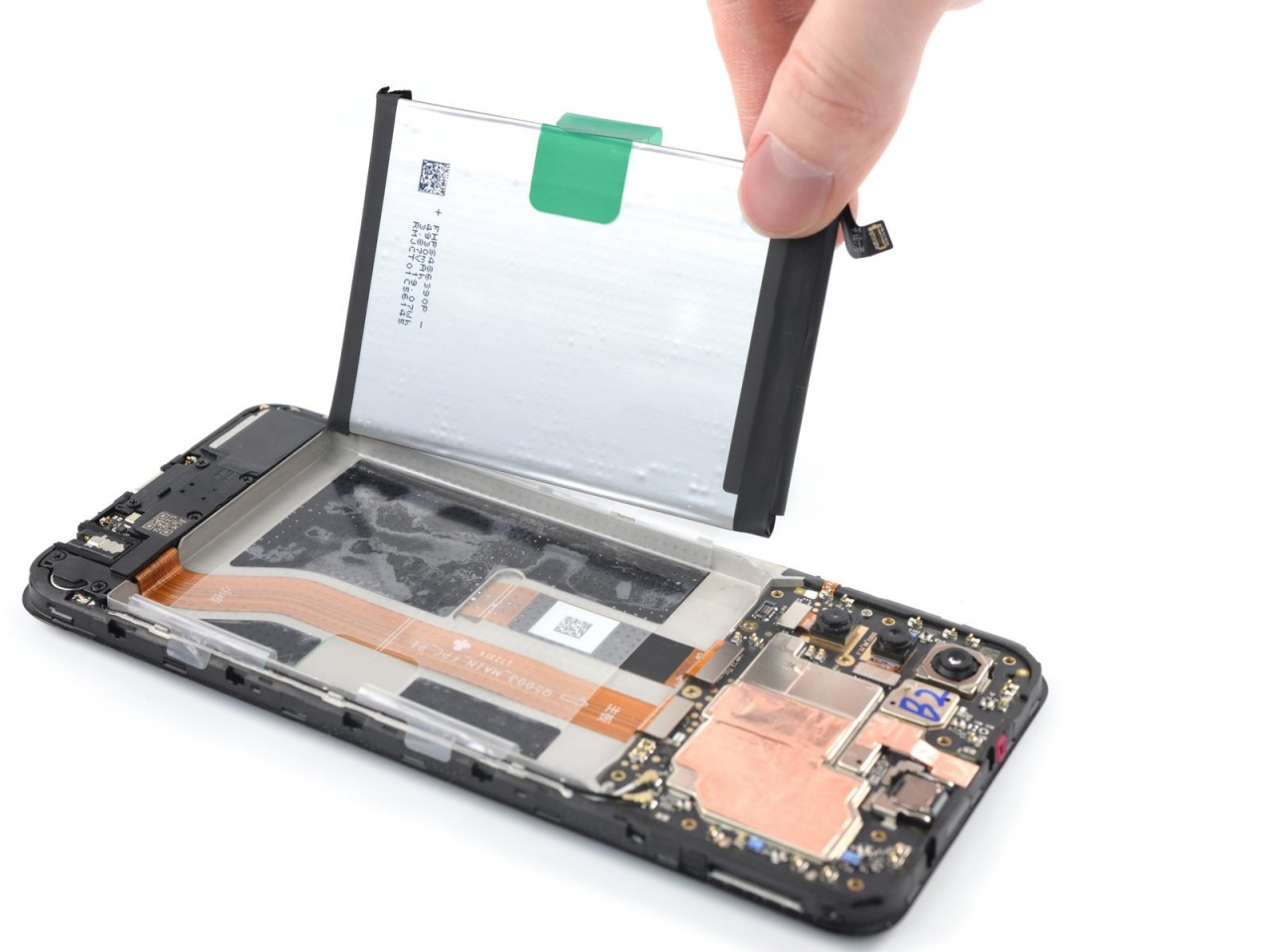
Designer: HMD Global
Compared to the previous three, the Nokia G42 5G easily disguises itself as a “normal” mid-range phone with a stylish design that stands out in a good way. That aesthetic, however, belies how relatively easy it is to open up and repair, at least compared to its peers. Its process isn’t as effortless as the Fairphone, mind, but it’s the closest you’ll get to an easy-to-repair phone from a well-known brand.
Realme GT 2 Pro Paper Edition
So far, the sustainable phones we’ve seen on this list might be branded as looking a bit drab or even cheap, except perhaps for the aforementioned new Nokia model. On the one hand, it’s understandable that manufacturers are more focused on making the design more durable, more modular, and easier to repair rather than fussing over their looks. On the other hand, it means there’s still plenty of room for improvement in this space. In the meantime, there are other ways to make smartphones more sustainable without going all out, and Realme showed us how with its special “Paper Edition” GT2 Pro in early 2022.
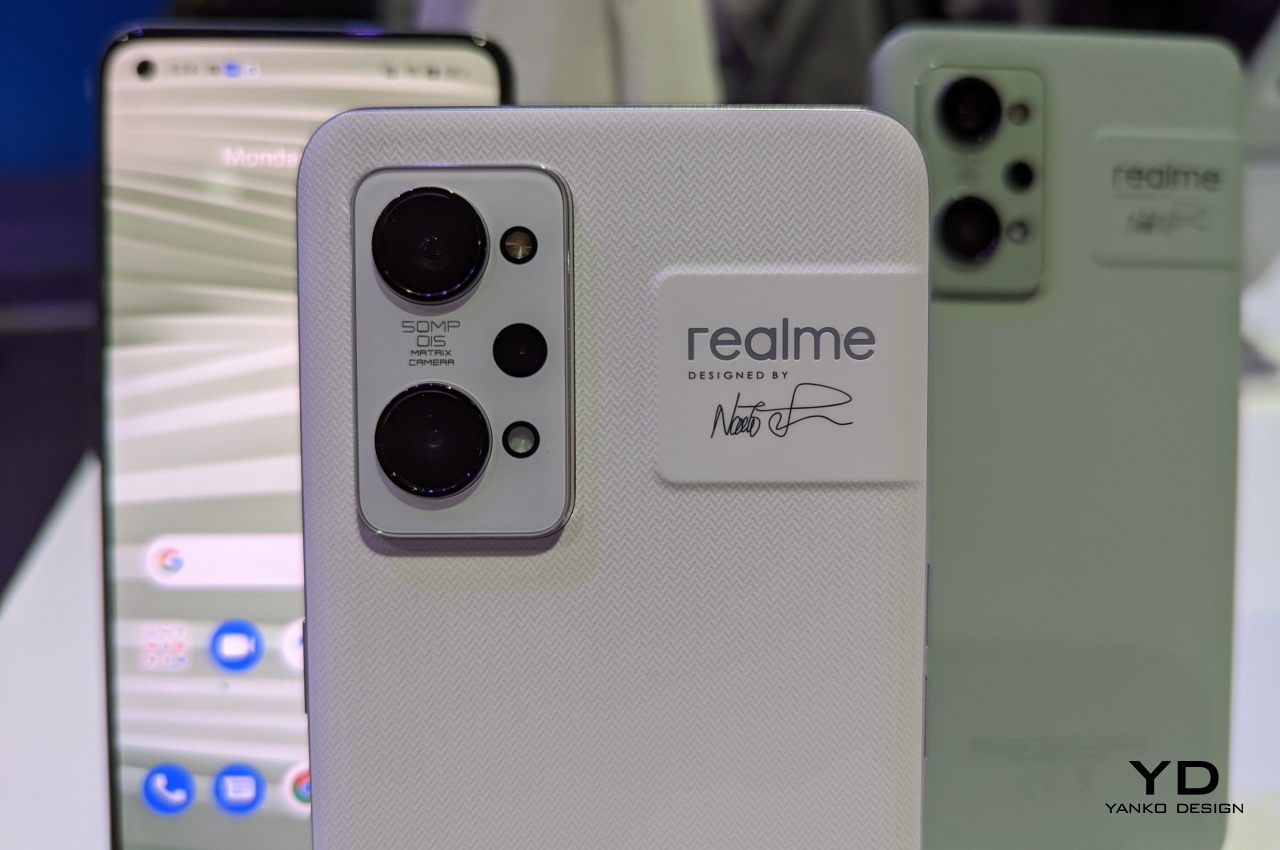
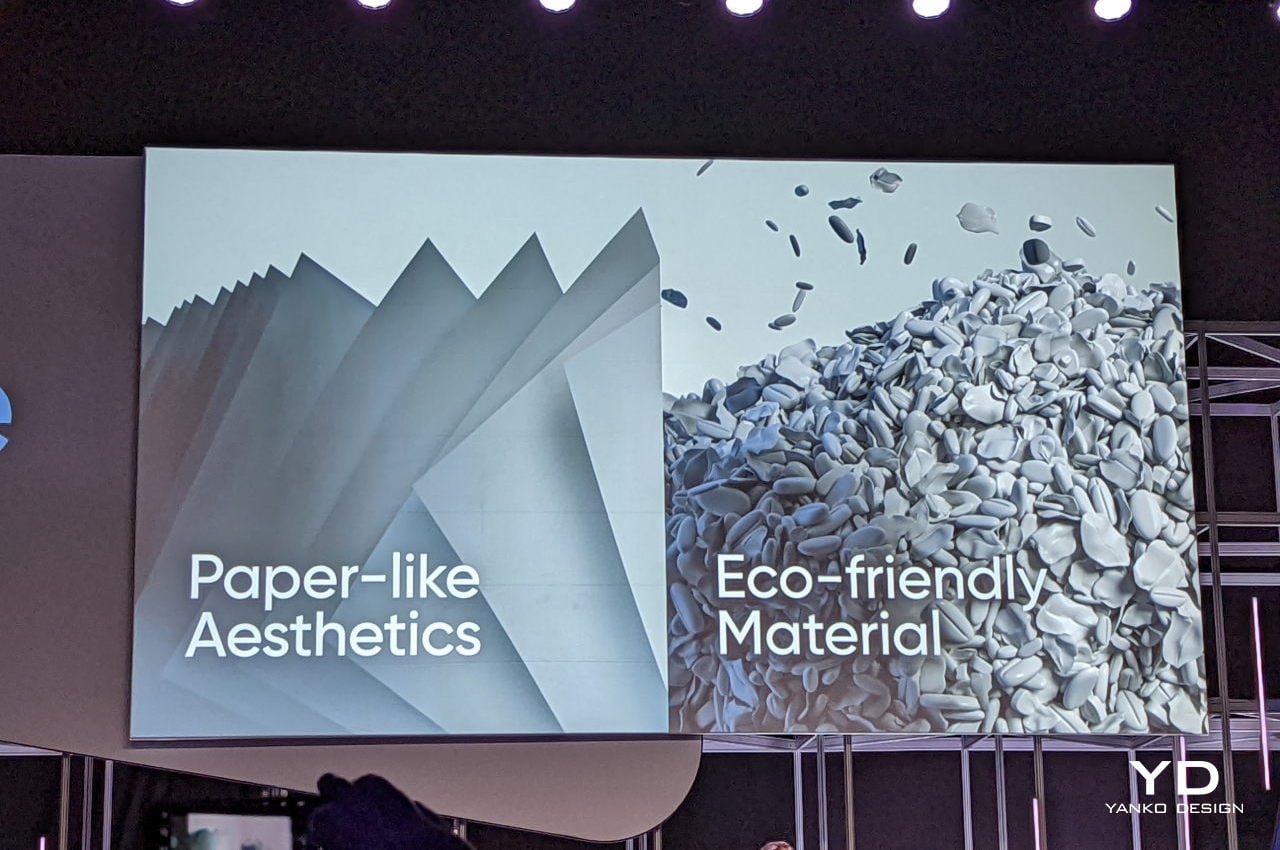
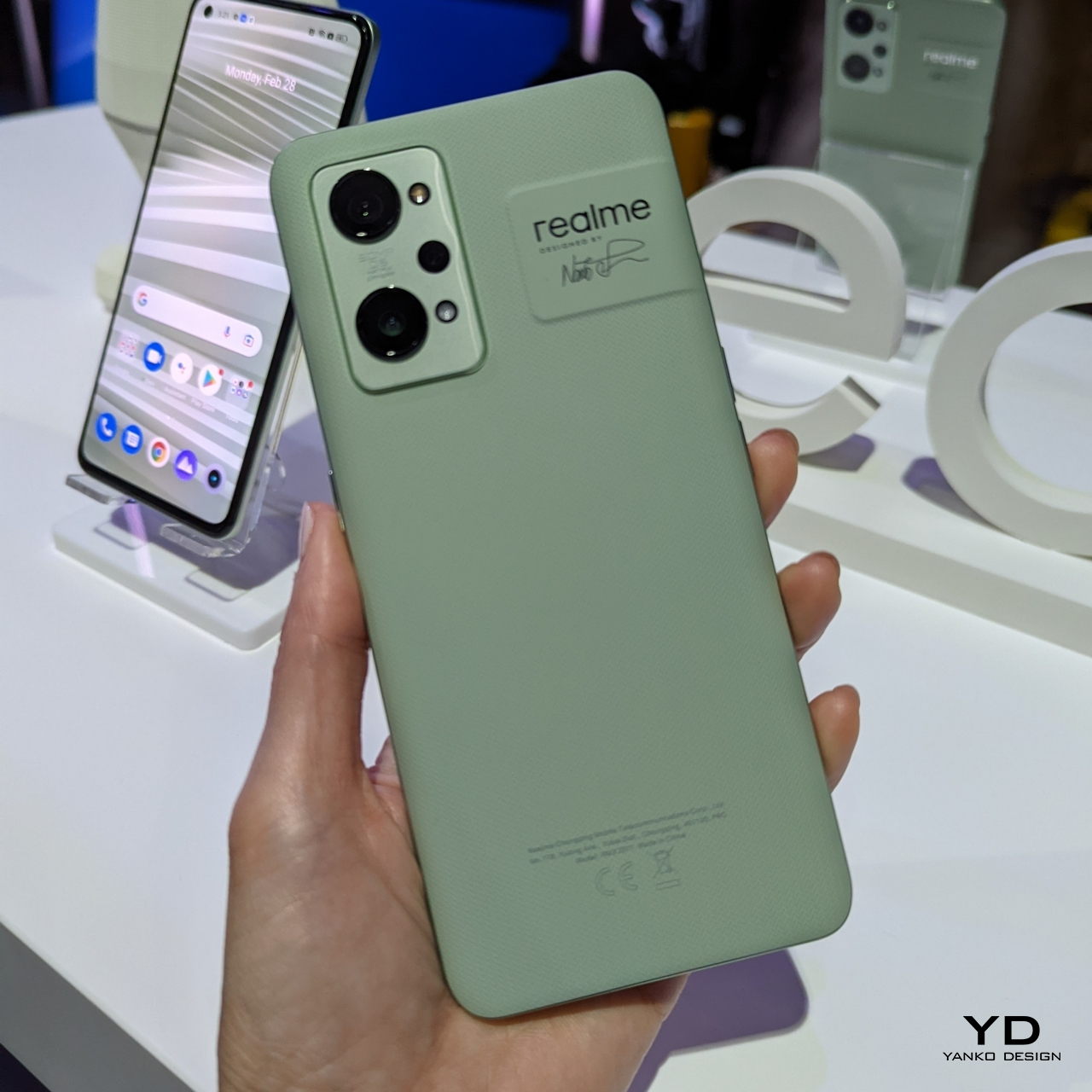
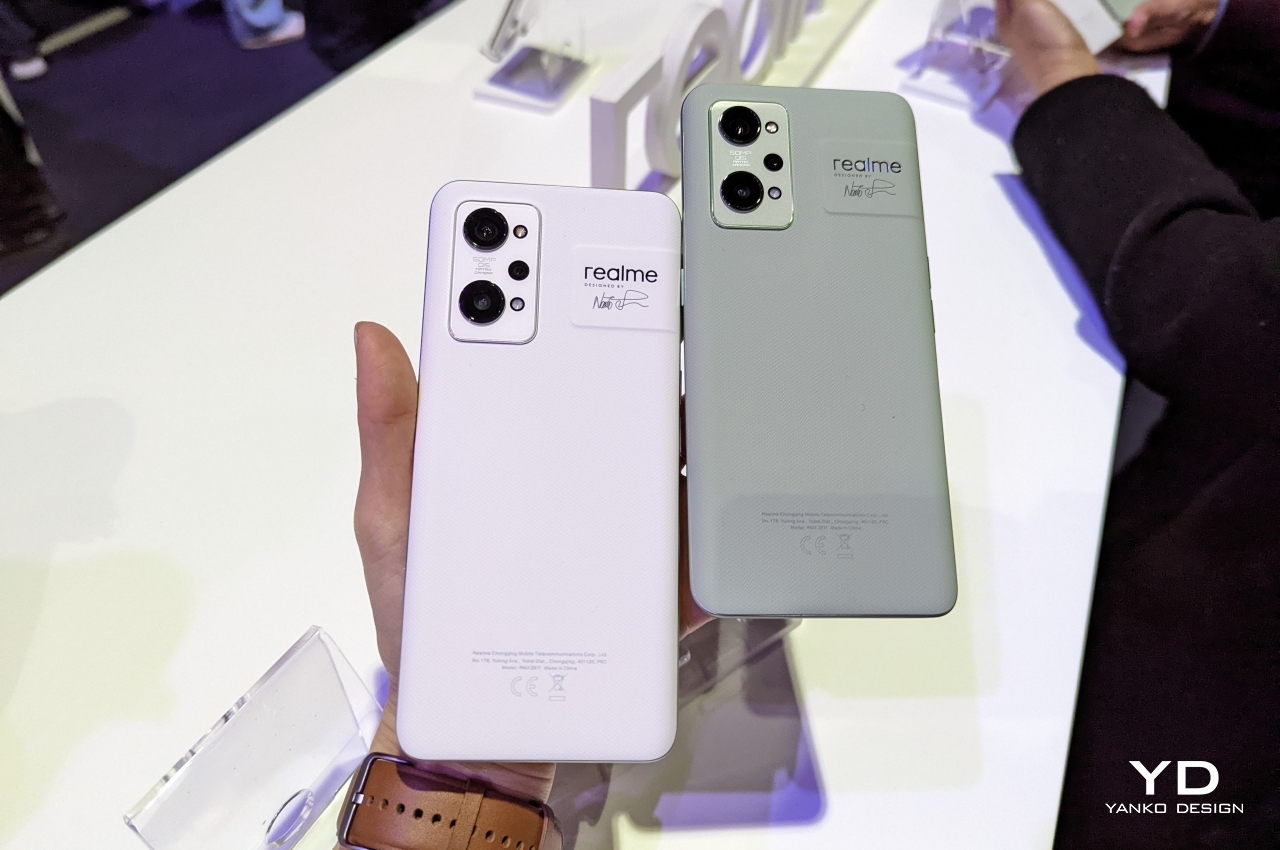
Designer: Realme
The two most notable things about this premium flagship are its unique appearance, designed to mimic both the look as well as the feel of paper. In fact, the material used for that cover is a sustainable bio-based polymer, which is the Realme GT2 Pro’s second special feat. It was sadly a one-time designer edition, but it did demonstrate what was possible in this area once the right pieces and creative minds are in place.
Samsung Galaxy S23
Samsung has the biggest number of smartphones in the market, potentially making it the worst offender in polluting our planet with e-waste. Fortunately, it has become more aware of its effect on and responsibility to the environment, and it has thankfully been taking important steps to improve that. Small steps they may be, but they all add up in the long run. The Galaxy S23 series, for example, isn’t just Samsung’s latest and greatest, it also happens to be the poster child for its sustainability initiatives.
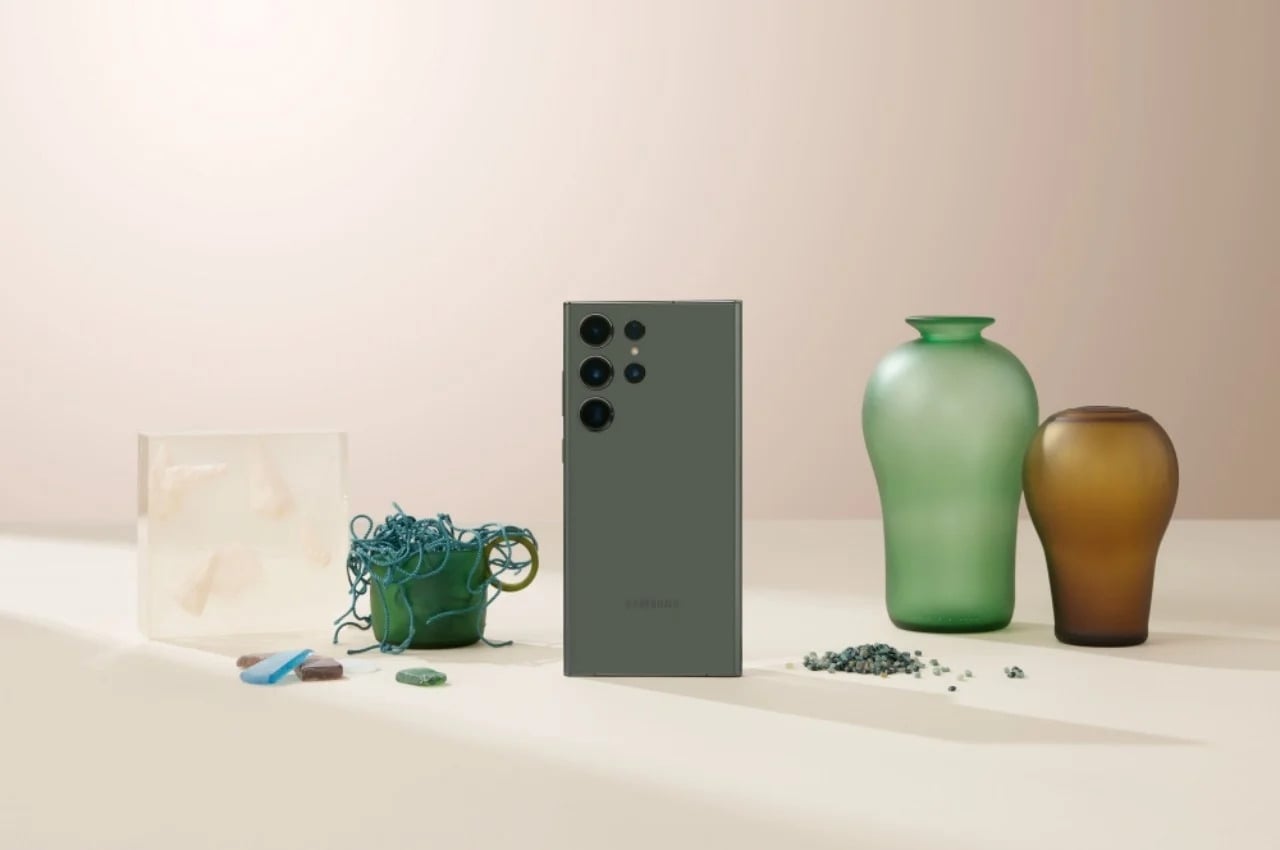
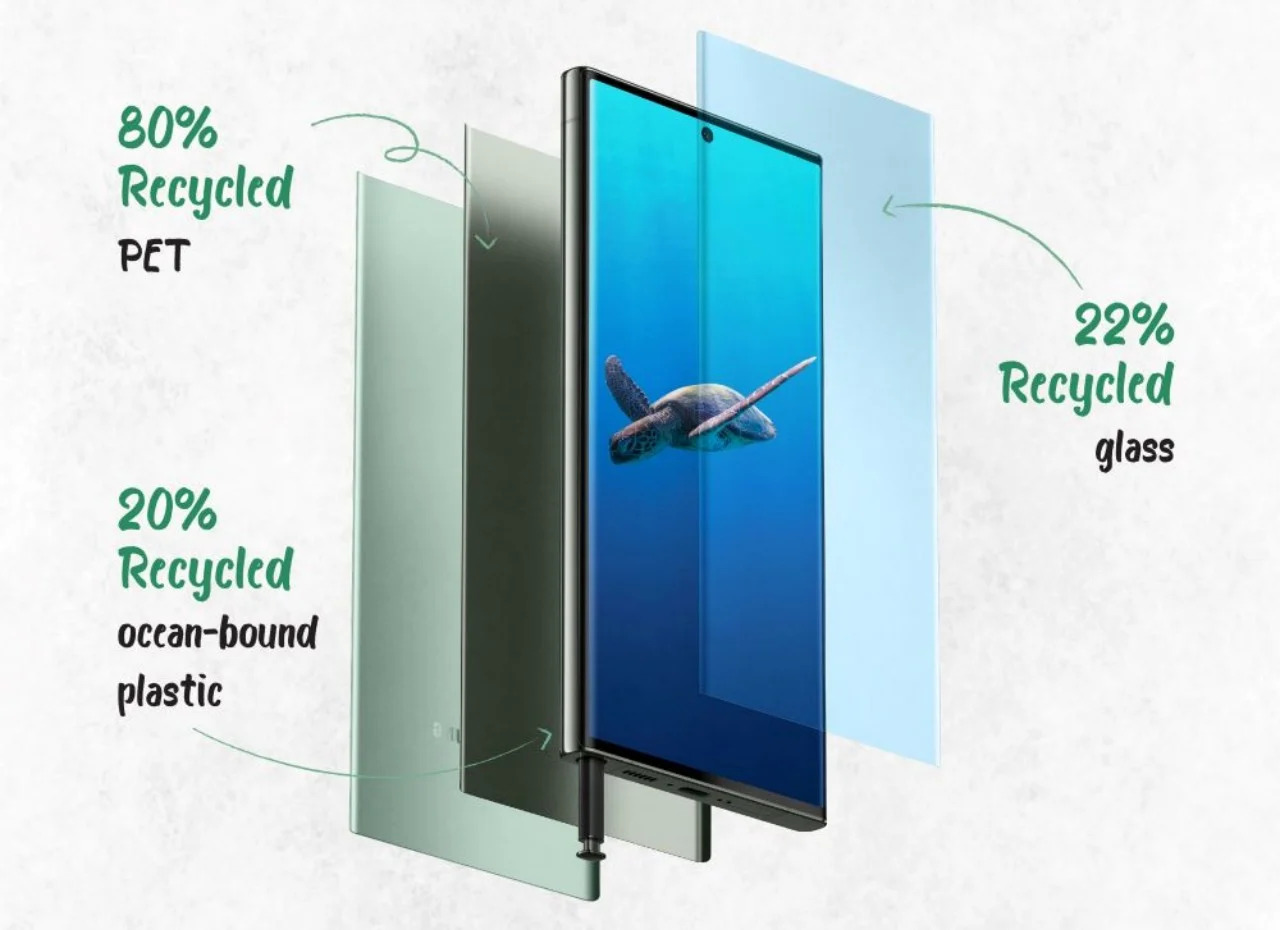
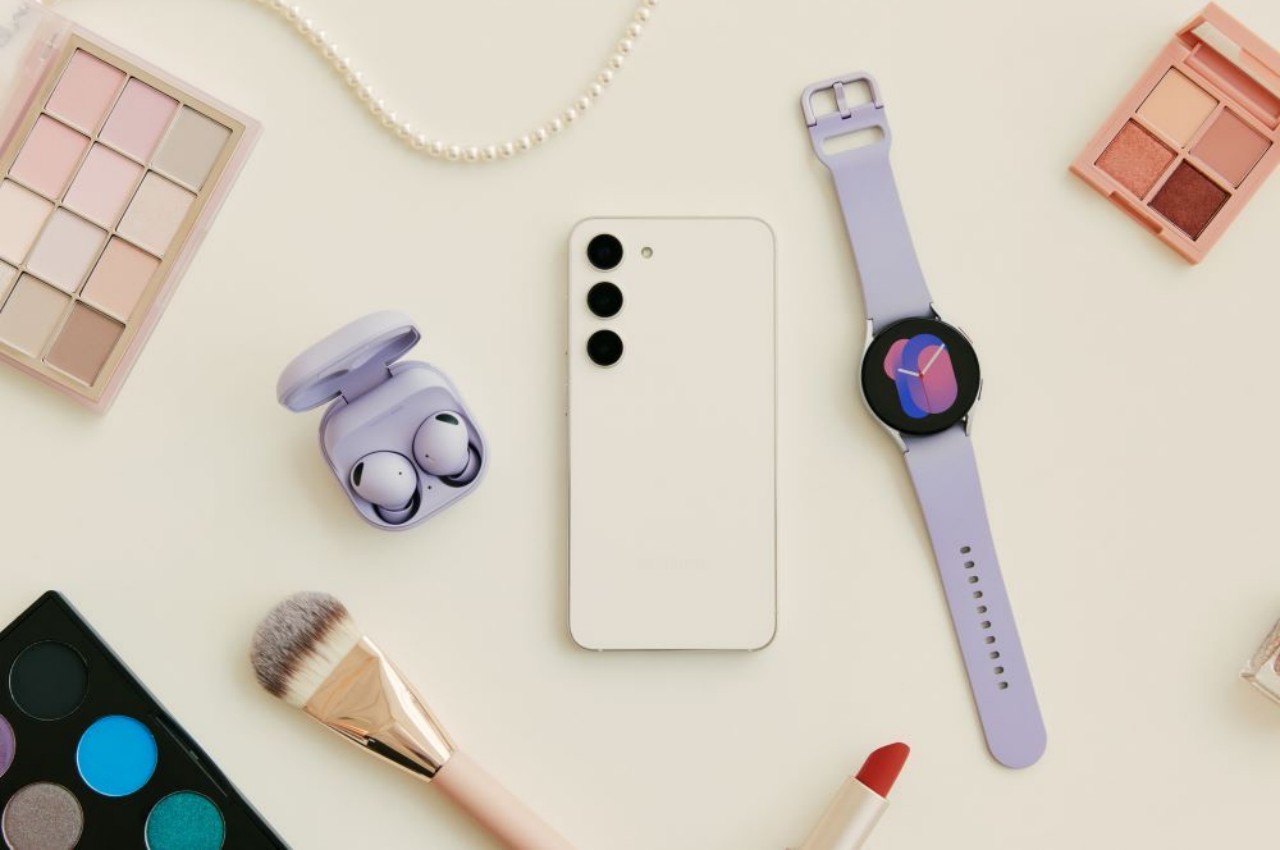
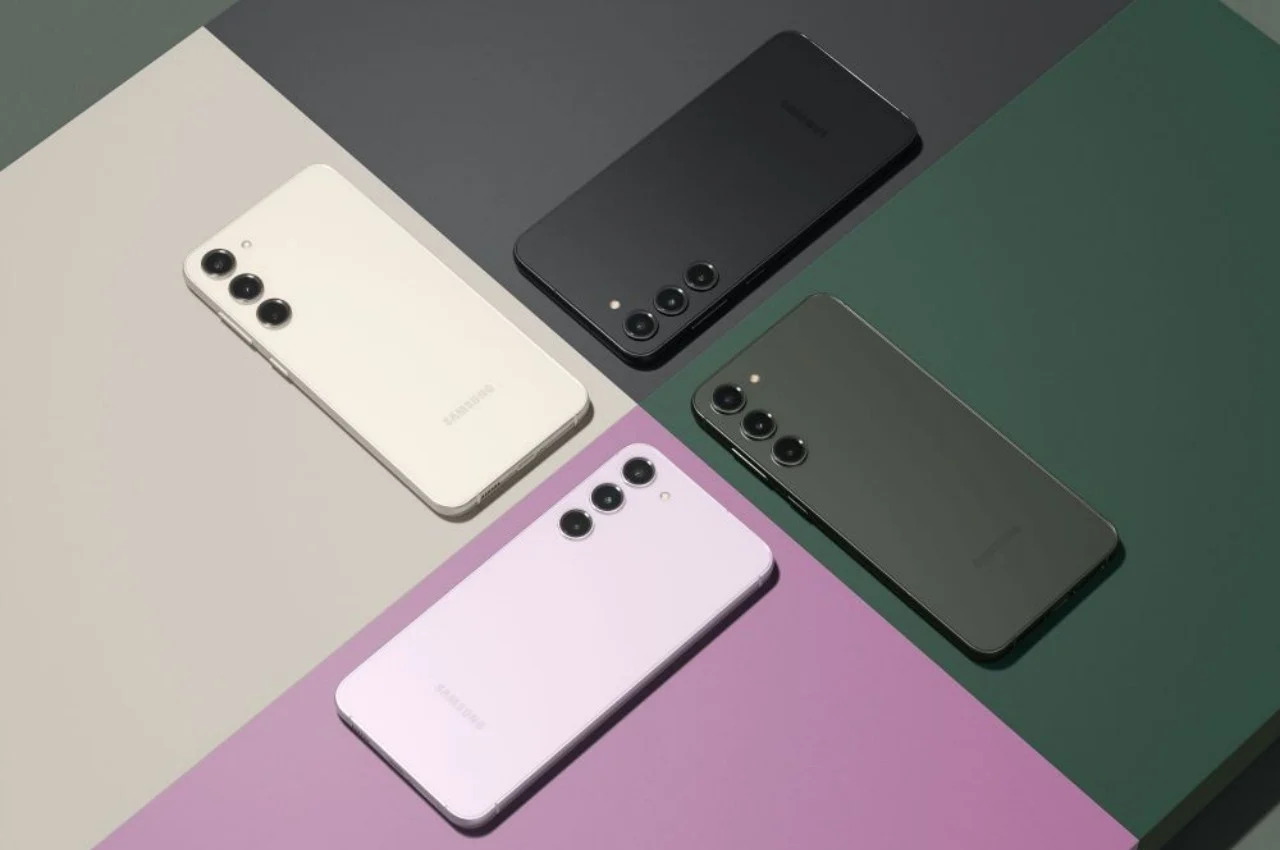
Designer: Samsung
Samsung has been talking a lot about how it has started to use recycled ocean plastics for a growing number of parts for its smartphones. This year, in particular, also saw an increase in the use of recycled aluminum and glass on the phone itself, as well as recycled paper for the packaging. Although it’s easy to scoff at how small these steps are, it’s important to also consider that it is Samsung making them, which is pretty much a free advertisement for sustainable phones in general.
Apple iPhone 14
Unsurprisingly, Apple also makes the list, and not just because it started the trend of excluding chargers from the phone box. Just like Samsung, the famed company has been making baby steps in using more sustainable materials and practices in making its phones. The iPhone 14 uses more recycled materials and fewer conflict minerals. It might even be its most repairable iPhone yet. Apple has also been very good at keeping its products updated for years, delaying their obsolescence and demise in landfills.
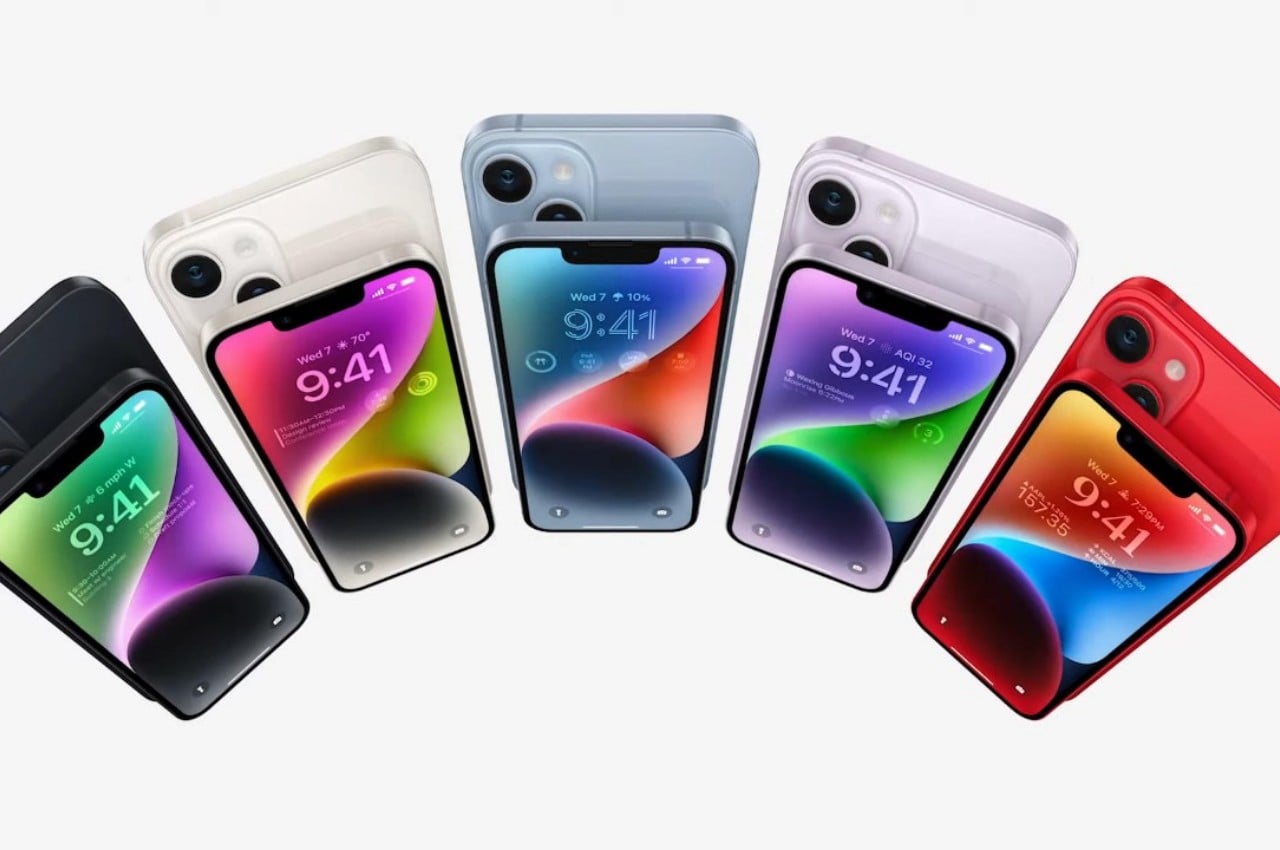
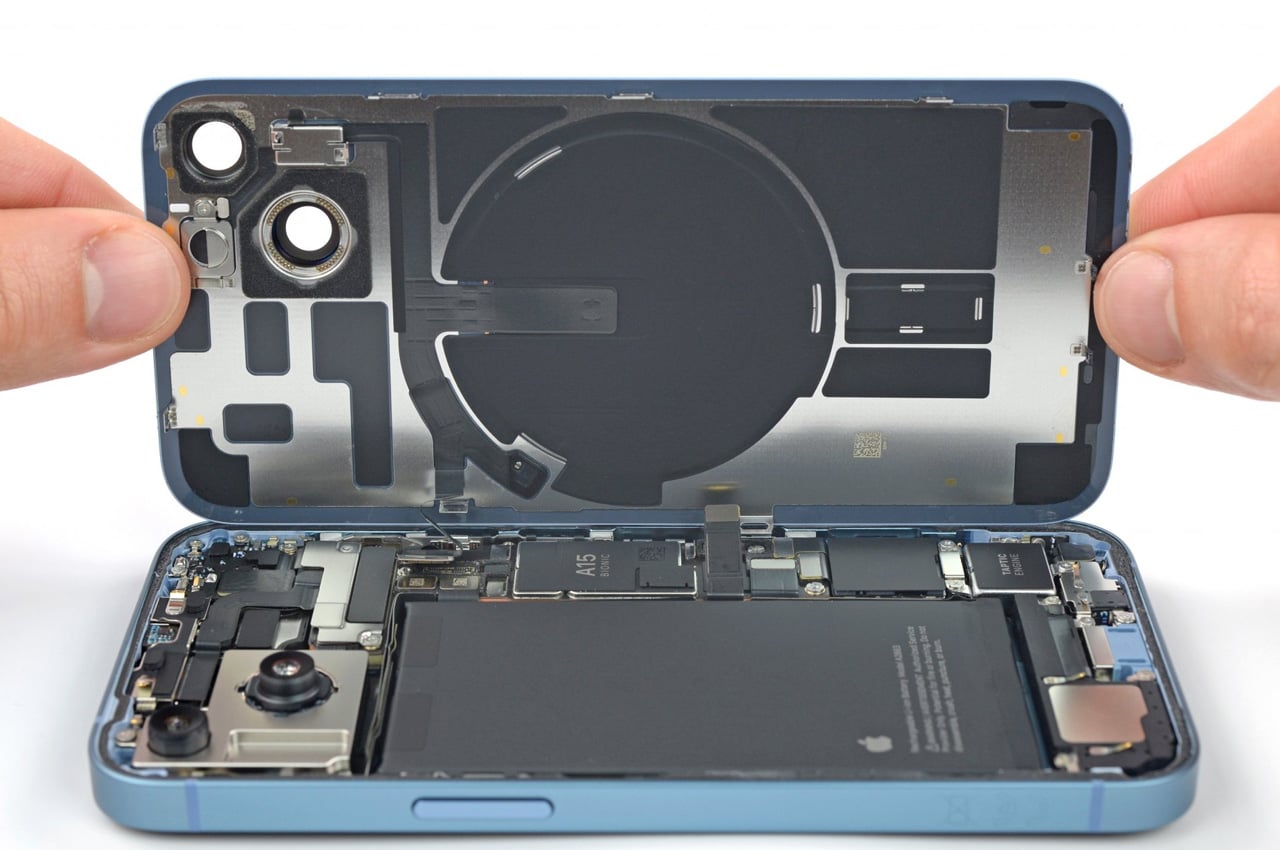
Designer: Apple
Apple’s biggest contribution to sustainability is the fact that it’s taking up the cause as well. As a role model for many other companies, its adoption of sustainable practices, including the right to repair its phones on your own, helps encourage other companies to do likewise. Other companies are often accused of copying Apple, but this is one aspect we certainly hope they copied more.
Sony Xperia
It might come as an even bigger shock that Sony is on the list (after the shock of learning that it’s still making smartphones). Although it has dialed down its production and sales, the brand continues to put out smartphones that admittedly challenge the status quo, either in their designs, their screens, or their cameras. Given its low presence, it’s also easy to take for granted how it’s also been taking steps to reduce its negative impact on the environment in its own small way.
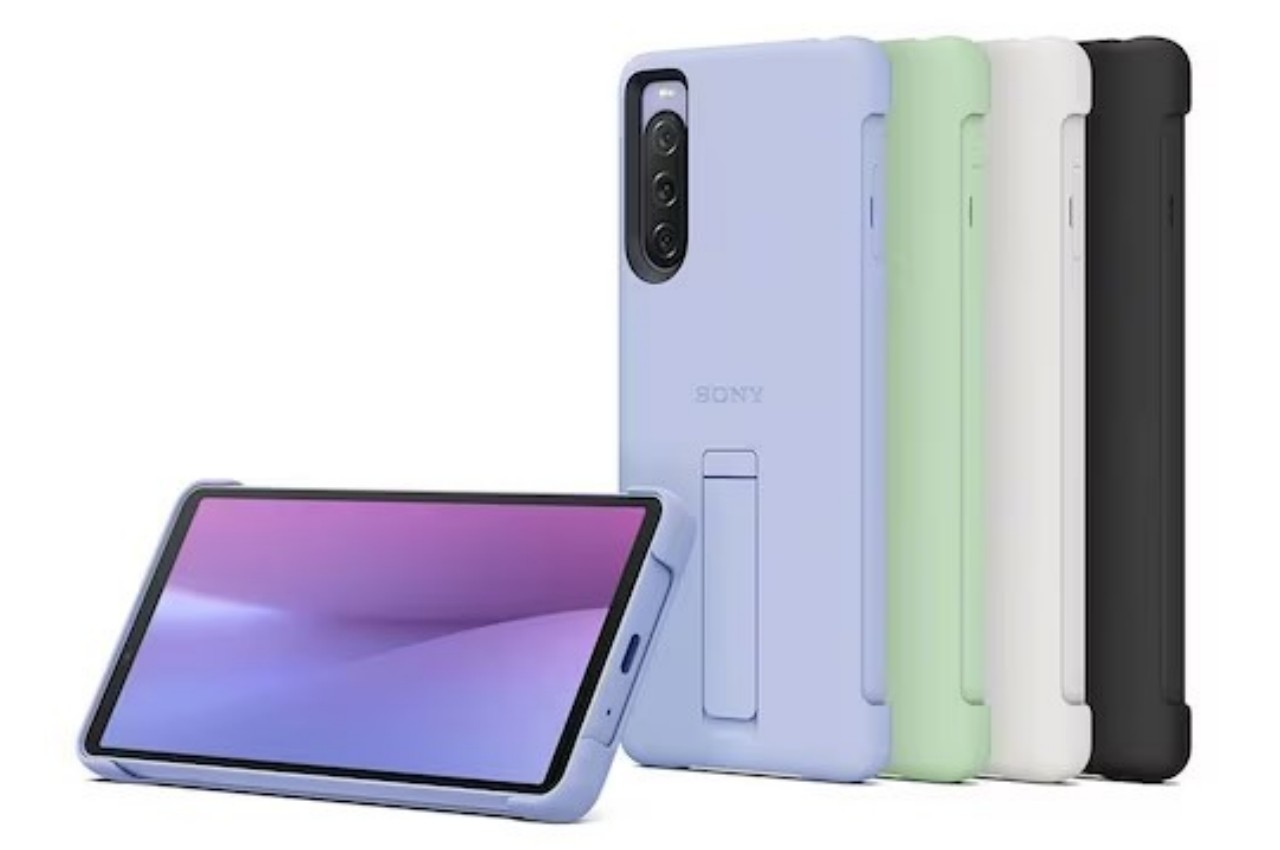
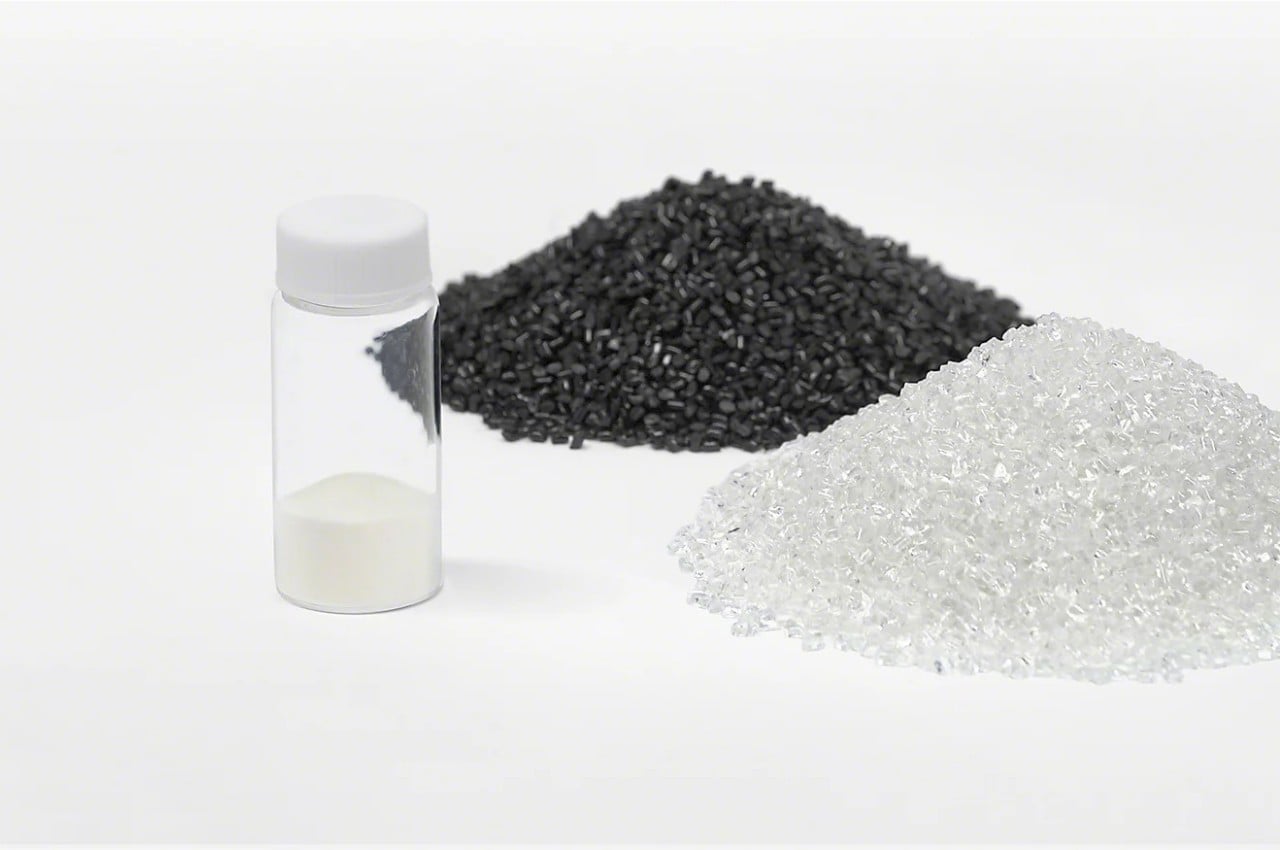
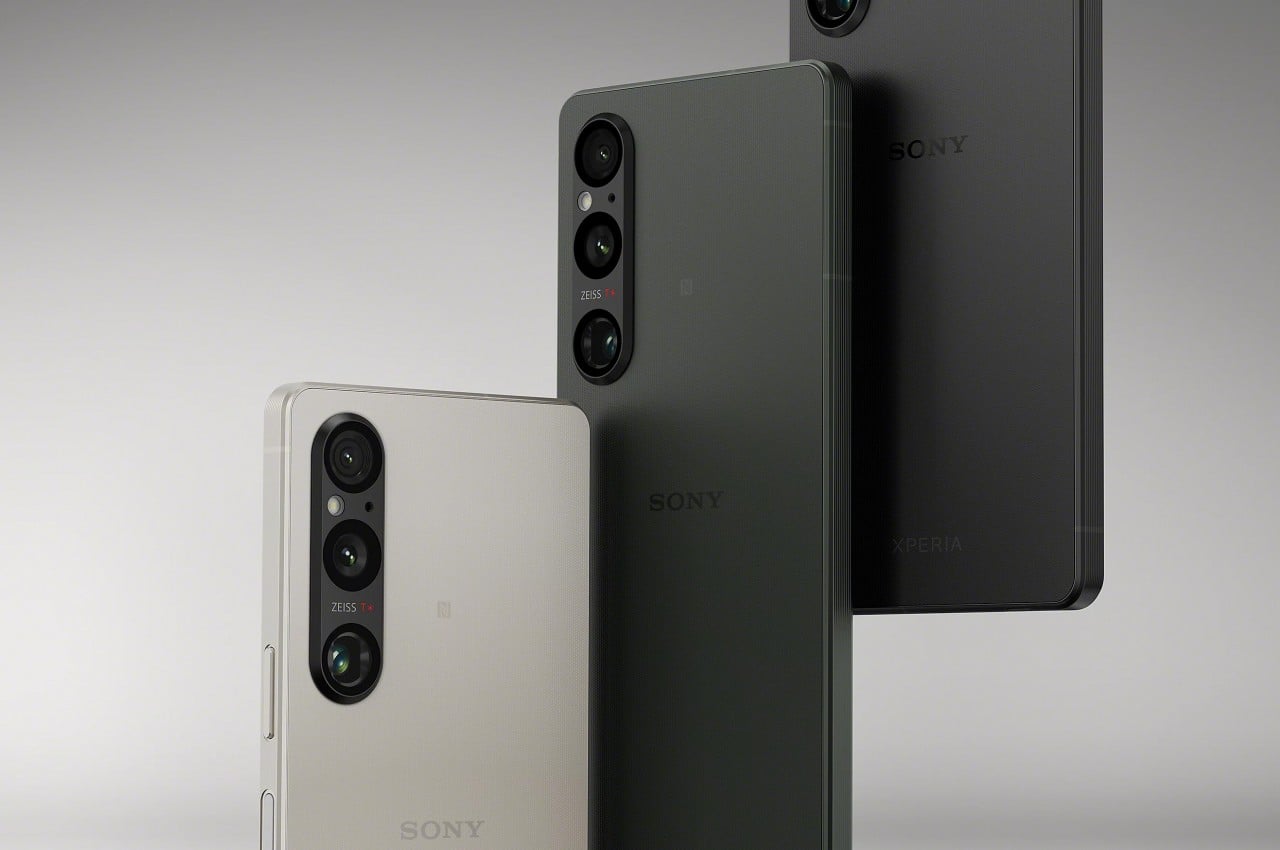
Designer: Sony
In addition to the now-expected reduction of plastics and the use of recycled paper in packaging, Sony has also been increasing the use of recycled materials in its Xperia phones. It has even created its own “Sustainable Oriented Recycled Plastic” or SORPLAS that adds flame-retardant properties to recycled plastic, a must-have for consumer electronics like phones.
Nothing Phone (1)
As a phone that’s supposed to turn the market on its head through more transparent design and business practices, there is definitely a need for Nothing to do something in taking bigger steps toward sustainability. That said, Nothing is also a small and young company, so it won’t be fair to judge it by the same measure as larger and older companies. Fortunately, it doesn’t disappoint.
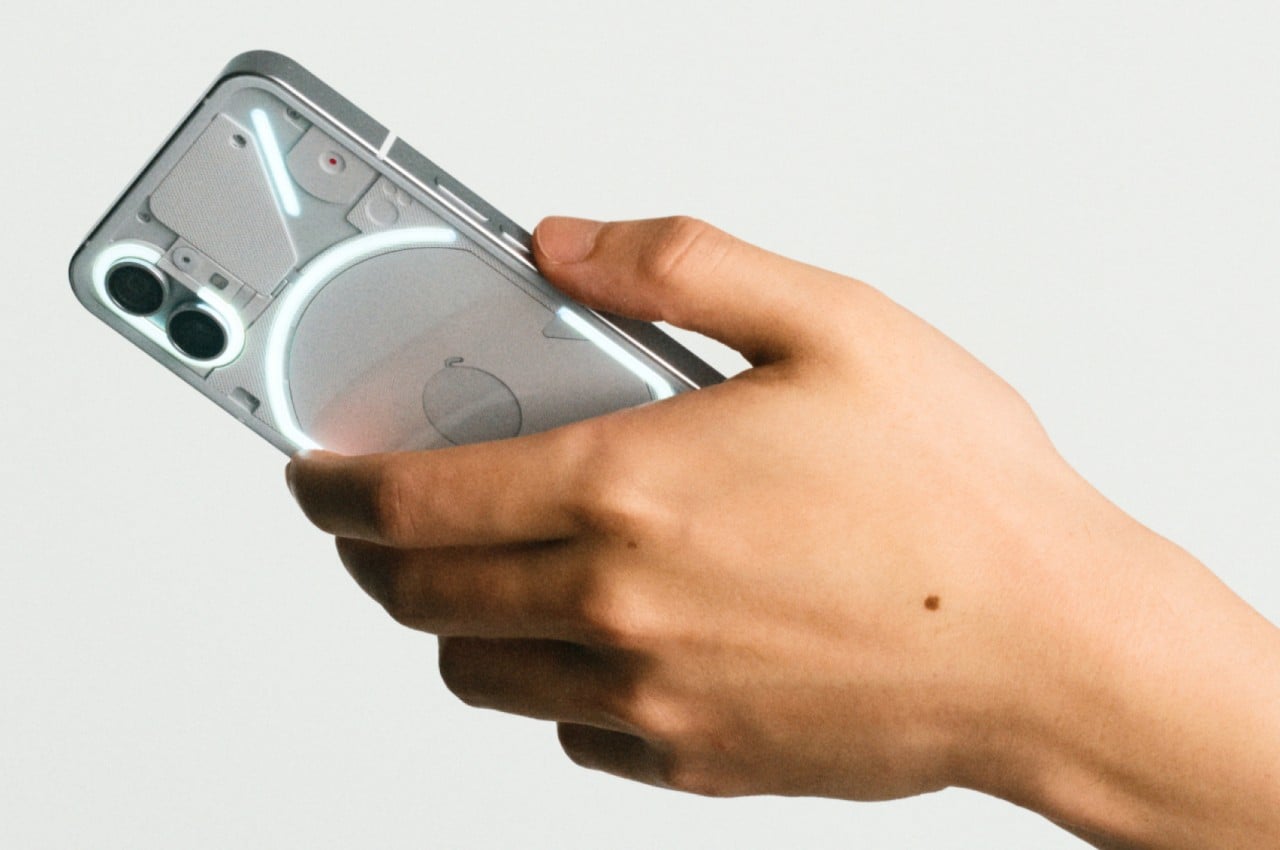

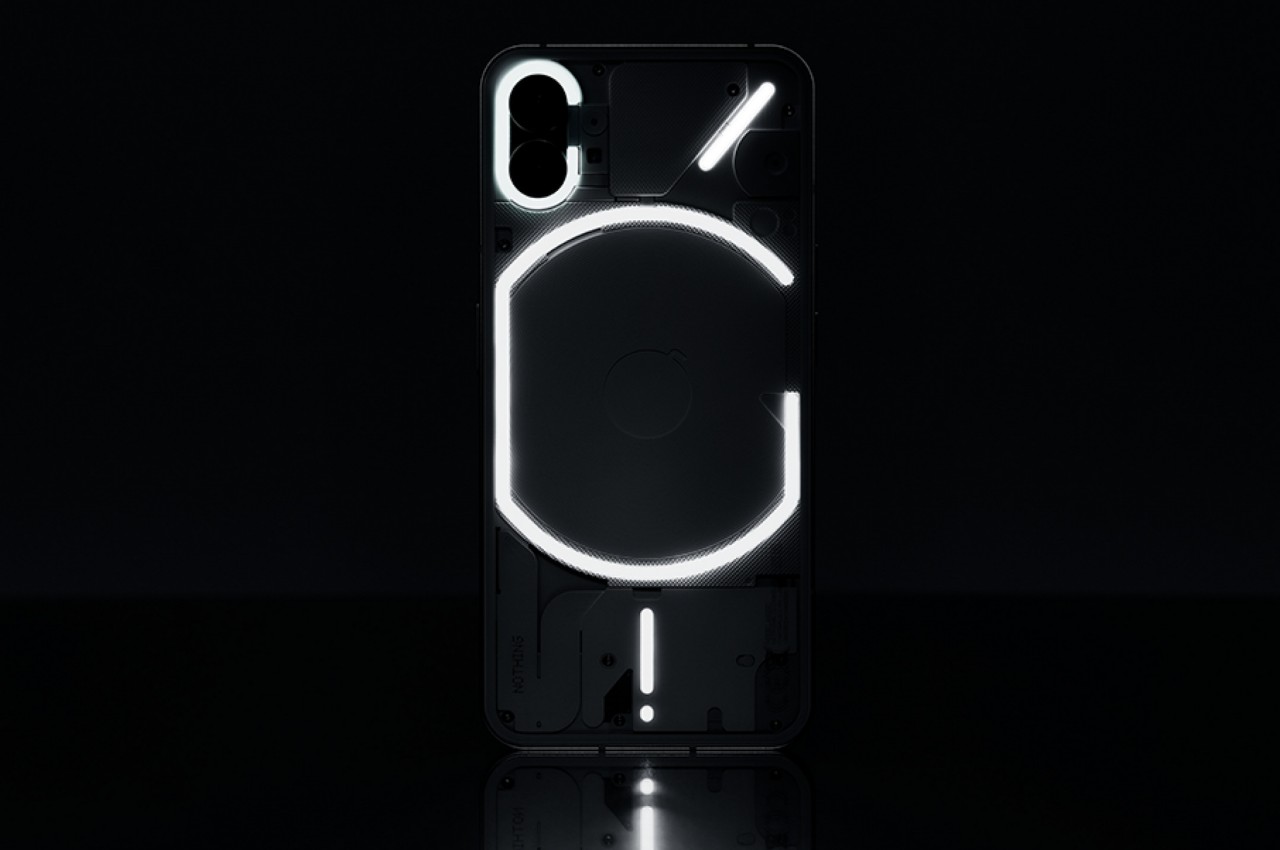
Designer: Nothing
It uses 100% recycled aluminum for its frame and 50% of its plastics are made either from bio-based or post-consumer recycled plastics. For its packaging, it uses soybean-based ink and recycled fiber, throwing out plastic from the box completely. It’s pretty much setting up a challenge to the rest of the industry: if Nothing can do it, everyone should be able to as well.
Google Pixel 7 Pro
Although it has been making the Android mobile platform for years, Google is a relatively new player in actually making phones. Of course, that means that it should have all the data and knowledge from its hardware partners on how to steer the ship right from the get-go. Although there’s no helping the carbon emissions of its massive data centers, the tech giant is at least going in the right direction when it comes to making sure its phones do minimal damage to the planet.
![]()
![]()
Designer: Google
The latest titleholder, the Pixel 7 Pro, makes generous use of 100% recycled aluminum, while accessory cases for the Pixel phones contain as much as 70% recycled plastic. Beyond just the materials, Google is banking on its long-term software support for the Pixel phones to keep them longer in people’s hands. Its sustainability strategy also extends to its supply chains, investing in safer working conditions and similar efforts. With all the resources under its fingers, it will be more shocking if Google didn’t do its due diligence in keeping the planet green.
![]()
![]()
The post Top 10 Sustainable and Eco-Friendly Smartphones first appeared on Yanko Design.
0 Commentaires